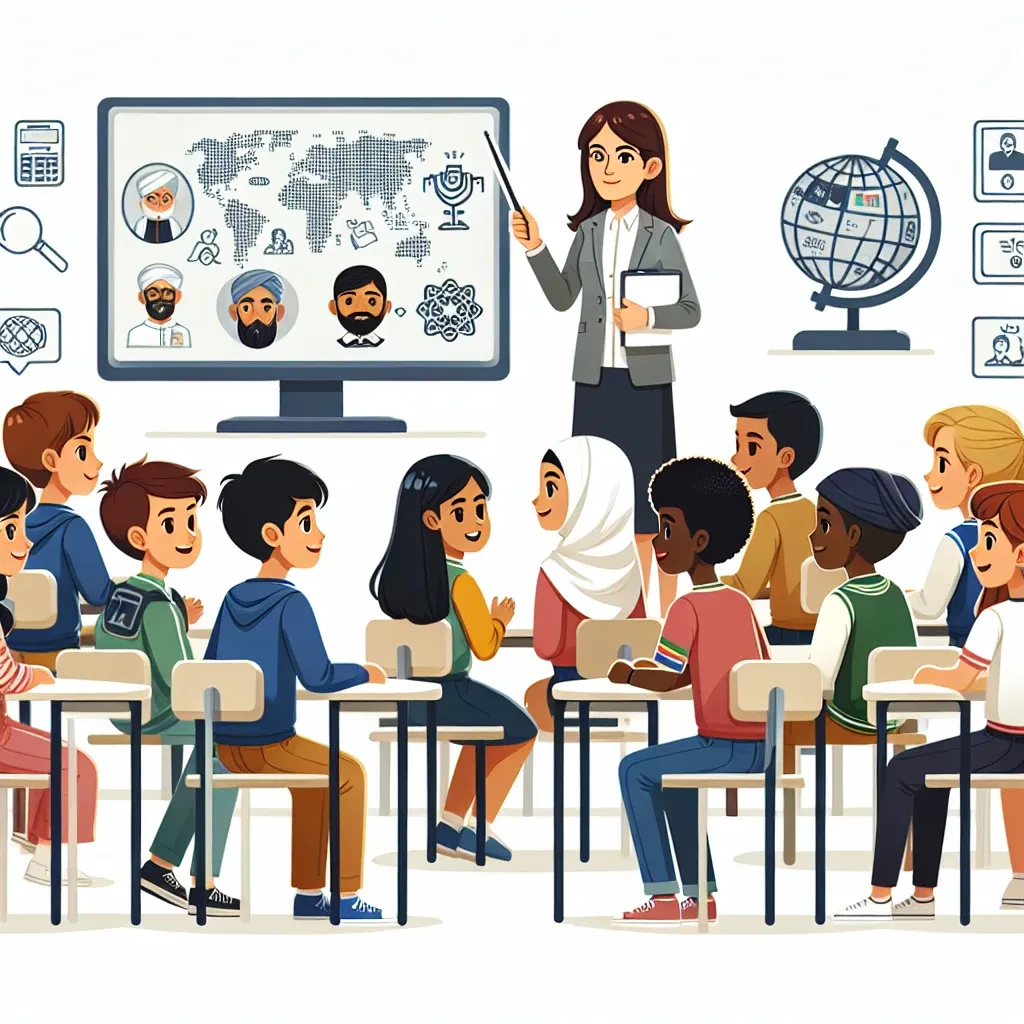
How are CRTs used in educational settings?
Cathode Ray Tubes (CRTs) were once the cornerstone of display technology in both homes and educational settings before the advent of modern display technologies like LCDs and LEDs. Understanding how CRTs were used in educational environments sheds light on the evolution of teaching tools and the ongoing impact of technological advances in learning. This article explores the different ways CRTs were utilized in classrooms, examines their benefits and drawbacks, and discusses the transition to modern display technologies.
The Role of CRTs in Educational Settings
CRTs played a crucial role in classrooms for several decades. They were primarily used for displaying educational content, ranging from text and images to videos and interactive media. Below is a table outlining some of the key features and applications of CRTs in educational settings:
| Feature | Application |
|---|---|
| Projection | Overhead projectors with CRT technology were used to display large images and text for group viewing. |
| Television | CRTs were used as TV screens for educational broadcasts and video lessons. |
| Computers | Monitors with CRT displays were widely used for computer-based learning. |
| Multimedia Centers | CRTs were featured in multimedia centers for interactive learning modules. |
Educational Advantages of CRTs
larger Display Area
CRTs were known for their larger display areas compared to earlier technologies like overhead projectors. This made it easier for students at the back of the classroom to see the content clearly.
Durability
While CRTs were bulky, they were also quite durable. This made them a reliable choice for long-term use in educational environments where equipment undergoes significant wear and tear.
Image Quality
Despite being older technology, CRTs provided high-quality images. The color accuracy and refresh rates were superior to early LCDs, making them well-suited for the display of detailed educational content.
Drawbacks of CRTs
Size and Weight
One of the primary drawbacks of CRTs was their size and weight. These devices were bulky and difficult to move, which could be a logistical challenge in educational settings that required frequent equipment rearrangement.
Energy Consumption
CRTs consumed more power compared to modern display technologies. This not only had budgetary implications for educational institutions but also contributed to higher energy usage.
Potential Health Concerns
Extended exposure to CRTs was sometimes linked to eye strain and other health concerns due to their flickering screens and electromagnetic emissions.
The Transition to Modern Display Technologies
With the advent of LCD and LED technologies, CRTs began to phase out of educational environments. Modern display technologies offered several advantages that eclipsed the capabilities of CRTs.
Lightweight and Portable
Modern displays are significantly lighter and more portable, making them easier to install and rearrange as needed.
Energy Efficiency
LCDs and LEDs use much less power than CRTs, making them more cost-effective for educational institutions while also being better for the environment.
Enhanced Image Quality
Newer technologies provide sharper images, better color accuracy, and higher refresh rates, enhancing the overall learning experience.
Current Applications of Display Technologies in Education
Modern classrooms are now equipped with a range of display technologies that further enhance the educational experience, including interactive whiteboards, tablets, and high-definition projectors. The use of these technologies promotes interactive and engaging learning, making education more accessible and effective.
Interactive Whiteboards
Interactive whiteboards combine the features of traditional whiteboards with touch technology, enabling instructors to provide dynamic, interactive lessons.
Tablets and Mobile Devices
Tablets and mobile devices allow for personalized learning experiences, giving students the flexibility to study at their own pace.
High-Definition Projectors
High-definition projectors can display crisp, clear images on larger screens, making them ideal for group learning.
Conclusion
The transition from CRTs to modern display technologies has greatly enhanced the educational landscape. While CRTs played a pivotal role in their time, the advantages offered by newer technologies provide more effective and engaging teaching tools. As technology continues to evolve, so too will the methods used to deliver quality education across the globe.
